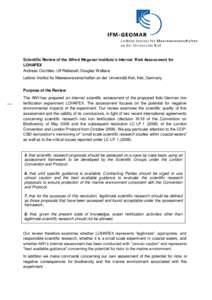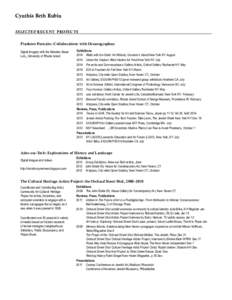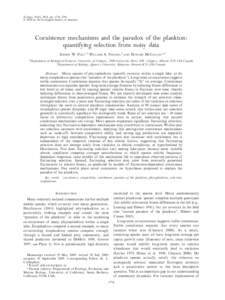<--- Back to Details
| First Page | Document Content | |
|---|---|---|
 Date: 2009-01-28 10:57:38Geoengineering Biology Biological oceanography Planktology Iron fertilization Ocean nourishment Phytoplankton Plankton Primary production Aquatic ecology Water Planetary engineering |
Add to Reading List |
 Scientific Review of the Alfred Wegener Institute’s Internal Risk Assessment for LOHAFEX Andreas Oschlies; Ulf Riebesell; Douglas Wallace Leibniz-Institut für Meereswissenschaften an der Universität Kiel, Kiel, Germa
Scientific Review of the Alfred Wegener Institute’s Internal Risk Assessment for LOHAFEX Andreas Oschlies; Ulf Riebesell; Douglas Wallace Leibniz-Institut für Meereswissenschaften an der Universität Kiel, Kiel, Germa

